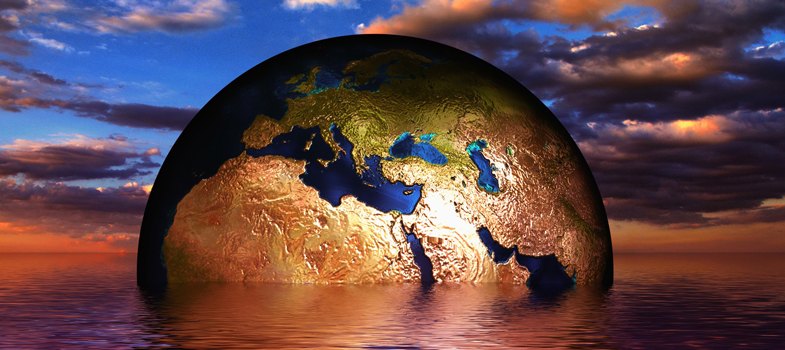2 Habitat destruction
The way that scientists predict the response of plant and animal species to climate change is by using ‘climate envelope models’. These models map where a species should be able to survive in the future if it is to live in the same range of climatic conditions that it does now. The concern with some species is that this range of suitable conditions may be reduced dramatically in the future and the species become extinct.
Polar bears are an example of where climate change may lead to habitat loss: as temperatures rise, the sea ice on which they live are beginning to melt. How climate change may affect polar bears is addressed by the ‘Climate change threatens polar bears’ article in New Scientist.
Climate change alone may not be a threat to a particular species. However, it may become a threat when it combines with other man-made changes. Chapter 5 of the UNEP report ‘Migratory species and climate change’ considers marine turtles as an example of how this might be the case. It is quite a complex report; if you find it difficult to understand then focus on the conclusions.
This example shows that although the turtle could probably adapt to climate change it will struggle to adapt to it in light of habitat destruction and pollution. For example, if sea levels rise and some turtles lose their nesting beaches then they will have to find new ones, but if alternative sites are heavily impacted by man they will not be suitable.
Activity 1
Look for another example of an animal or a plant that is threatened by climate change and consider if habitat loss is likely to make the threat worse.
1 Global environmental change
